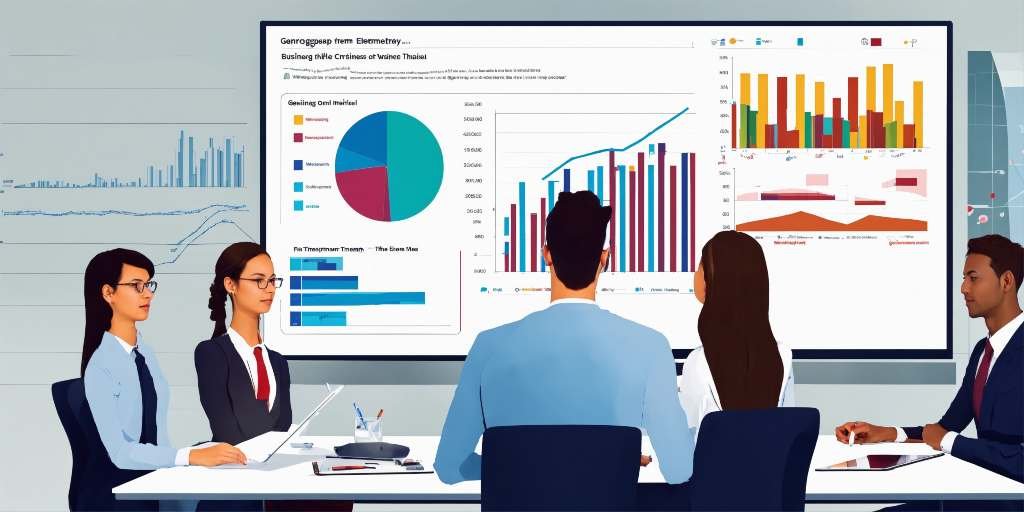Now and then, life throws curveballs that leave us scrambling to manage our finances. Whether it’s an unforeseen car repair, an unexpected medical emergency, or a sudden job loss, these unplanned expenses can rapidly deplete our financial reserves. However, there is a ray of hope. Modern financial solutions such as same day loan services can come to the rescue in such dire situations. This article will provide several strategies for securing same-day resources, thereby empowering our financial flexibility.
The purpose of this article is to provide readers with strategies to enhance their financial flexibility and cope with unexpected expenses. It aims to educate and empower individuals to take control of their finances by offering practical solutions and resources that can be accessed quickly in times of need.
People should read this article to:
- Understand the importance of creating an emergency fund to cover living expenses during financial emergencies.
- Learn about the benefits of setting aside personal savings for major planned expenses.
- Discover the potential of side hustles as a means to supplement income and prevent financial crises.
- Gain knowledge about same-day loans as a last-resort option for urgent financial needs.
- Receive additional information on:
- Building and maintaining an emergency fund
- Setting savings goals and automating savings
- Identifying and pursuing side hustle opportunities
- Researching and responsibly using same-day loans
- Creating and regularly reviewing a budget
- Find answers to frequently asked questions about emergency funds, personal savings, side hustles, same-day loans, and budgeting.
By reading this article, individuals can acquire the knowledge and tools necessary to develop a comprehensive financial strategy that includes savings, supplementary income, and responsible borrowing options. The goal is to empower readers to navigate financial challenges with greater confidence and resilience, ultimately achieving better economic stability and peace of mind.
Creating an Emergency Fund

Having an emergency fund to dip into during unexpected cash flows is one of the best strategies for maintaining financial freedom. This fund should be sufficient to cover your living expenses for three to six months. In the case of a financial emergency, you can easily access your emergency fund rather than resorting to borrowing or same-day loans.
Personal Savings
Another essential strategy to improve your financial flexibility is having personal savings set aside. This fund should be separate from your emergency savings, serving as a back-up for major expenses which aren’t emergencies. These expenses could include funds for significant home repairs or yearly tuition fees for your children’s education.
Consider a Side Hustle
In some scenarios, you may need more funds than your savings can provide. During such situations, a side hustle can supplement your income and prevent you from facing a financial crisis. This could be something as simple as tutoring, dog walking or selling homemade goods online.
Same-Day Loans
Despite having savings and a side hustle, there can still be situations where our funds fall short, for instance, in the case of a medical emergency or a substantial home repair. In such cases, same-day loans serve as a lifeline. They are a type of loan that you can apply for and receive the money in your account on the same day. The quick turnaround time makes them especially handy in situations of need. Please do consider, though, that borrowing money should always be the last resort.
Additional Data

- Emergency Fund:
- Strive to save a minimum of three to six months’ worth of living expenses.
- Keep the fund in a separate, easily accessible savings account.
- Regularly contribute to the fund, even if it’s a small amount each month.
- Only use the fund for true emergencies, not discretionary spending.
- Personal Savings:
- Set a target savings goal based on your specific needs (e.g., home repairs, education)
- Side Hustles:
- Identify your skills, hobbies, or interests that could be monetized.
- Research popular side hustle platforms (e.g., Fiverr, Upwork, Etsy) to find opportunities.
- Set realistic goals for your side hustle income and time commitment.
- Keep accurate records of your side hustle income and expenses for tax purposes.
- Budgeting:
- Create a monthly budget to track your income and expenses.
- Use budgeting apps or spreadsheets to help you stay organized and on track.
- Ensure you fully understand the loan agreement and your obligations as a borrower.
- Only borrow what you need and have a clear plan for repaying the loan.
People, Also Searched
What is the recommended amount to save in my emergency fund?
- A: It’s generally recommended to save at least 3-6 months’ worth of living expenses in your emergency fund. This amount can vary depending on your circumstances, such as your job stability, health, and financial obligations.
What’s the difference between an emergency fund and personal savings?
- A: An emergency fund is specifically designed to cover unexpected expenses, such as job loss, medical emergencies, or car repairs. Personal savings, on the other hand, are funds set aside for planned expenses, such as home renovations, education costs, or vacation savings.
How can I start a side hustle with limited time and resources?
- A: Start by identifying your skills and interests that could be monetized. Consider side hustles that offer flexibility and low startup costs, such as freelance writing, online tutoring, or selling handmade crafts. Utilize free resources, such as online courses and tutorials, to build your skills and knowledge.
Q: What should I consider before applying for a same-day loan?
- A: Before applying for a same-day loan, carefully assess your financial situation and determine if borrowing is essential. Research reputable lenders, compare interest rates and fees, and ensure you fully understand the loan agreement. Only borrow what you need and have a clear plan for repaying the loan to avoid falling into a debt cycle.
Q: How often should I review and adjust my budget?
- A: It’s a good practice to review your budget at least once a month. This allows you to track your spending, identify areas where you may be overspending, and make necessary adjustments. As your financial situation changes, such as starting a new job or moving to a new home, be sure to update your budget accordingly.
Conclusion
Financial emergencies can occur at any moment. It’s not always about the magnitude of the crisis but about our readiness to tackle it. By empowering your financial flexibility through strategies such as building an emergency fund, nurturing personal savings, exploring side hustles, and being aware of same-day loan services, you ensure that you are prepared for whatever comes your way. Remember, it’s always better to be safe than sorry when it comes to managing finances.
